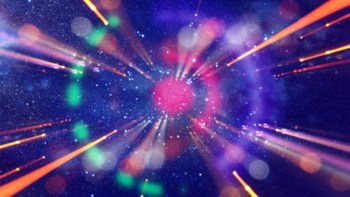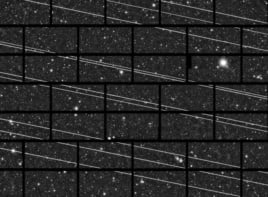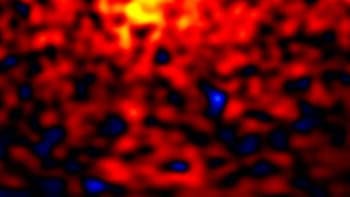The universe is bathed in infrared radiation according to the latest results from the Cosmic Background Explorer (COBE) satellite. The glow is caused by dust absorbing radiation and then re-emitting it at infrared wavelengths.
COBE first hit both the scientific and international headlines in the early nineties when it confirmed that the cosmic background radiation followed a blackbody spectrum, and later when it detected fluctuations in the cosmic background.
COBE was switched off in 1994, but astronomers are still analyzing the data it collected. Two years ago, a French team led by Jean-Loup Puget of the Institut d’Astrophsique Spatiale in Orsay, claimed to have seen a background glow in data taken by COBE’s Diffuse Infrared Background Experiment (DIRBE). This instrument measured infrared radiation at ten different wavelengths between 1 and 240 micrometers.
Now, astronomers at the Space Telescope Science Institute have re-analyzed the COBE data and come to the same conclusion. Their analysis removed the infrared radiation produced by the solar system, by stars in our galaxy, and by dust clouds within the Milky Way.
The maps contain a uniform glow across the whole sky. Cosmologists believe that by measuring the infrared brightness at all ten wavelengths, they can put a limit on the total amount of energy released by all the stars in the universe. Michael Rowan-Robinson, an astrophysicist at Imperial College in London, believes it is an important result for astronomy. “A number of groups, including my own, have been predicting a strong far infrared background for a number of years, and this confirmed detection is very good news” he says.
The results also indicate that telescopes, such as the Hubble Space Telescope, have not observed all the light produced by distant stars. This may be because vast dust clouds have blocked the early starlight. Alternatively a early explosion of star formation could have been so far in the past that the stars cannot be visualized with existing astronomical equipment.



